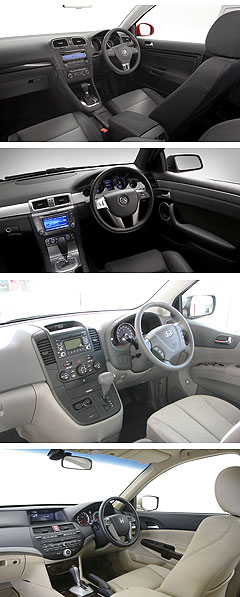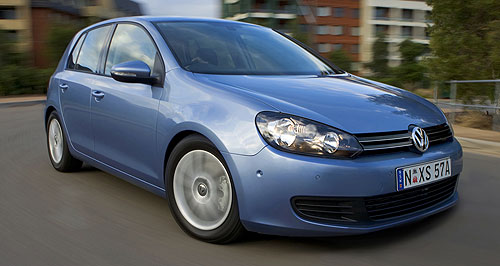News - General News - SafetyMany people “driving blind” - RACVCommanding view: The Citroen C4 Picasso was the top performer - alongside the Volkswagen Golf - in the RACV's blindspot analysis, providing a largely unimpeded view of the road Most vehicles perform poorly in RACV’s blindspot ratings9 Jun 2011 DRIVERS of many new cars have dangerously impaired frontal vision and could be unknowingly “driving blind”, according to the RACV’s Car Blindspot Ratings report published this week. Poor visibility around the A-pillar – where the windscreen meets the side window - can potentially obscure road signs and signals, as well as pedestrians, cyclists, motorcycles and other cars. The RACV’s visibility test – which is claimed to replicate a driver’s vision – used a 180-degree rotating laser to measure the level of interference from A-pillars. A summary of the tests, which examined forward visibility in a range of vehicles across all segments, said the vehicles tested represented a wide cross-section of models “without focusing on any particular brand or price point”. The findings were damning, with none of the 183 different vehicles tested scoring the maximum five stars. Just two – the Volkswagen Golf (hatch and wagon) and Citroen’s C4 Picasso people-mover – managed four stars.  Left: The four-star Volkswagen Golf interior (top) compared to the one-star Holden Commodore, Kia Carnival and Honda Accord. Left: The four-star Volkswagen Golf interior (top) compared to the one-star Holden Commodore, Kia Carnival and Honda Accord.The tests found that the majority of the field – 116 in total – rated only two stars, while 25 scored three stars and 40 were awarded just one star. The Victorian motoring club said that a one-star car’s visibility is severely restricted by features like wide A-pillars, high window sills and/or a narrow windscreen, while a car with five stars will offer a large and unimpeded view of the road. Popular vehicles such as the Honda Accord, Toyota Prius, Kia Grand Carnival and Holden Commodore (both sedan and Sportwagon) scored only one star, while other top-sellers such as the Hyundai Getz, Holden Cruze, Toyota Camry, Ford Falcon, Hyundai ix35 and Toyota Prado all scored two stars. No large car (sedan or wagon) managed more than two stars, while the lion’s share of small cars, luxury cars and commercials also scored just two stars. The bulk of three star cars were from the small, medium, SUV and sportscar segments. RACV manager vehicle engineering Michael Case urged car-makers to find a compromise between passive, active and preventative safety features in future models. “Manufacturers must ensure there is a good balance between crash safety and visibility,” he said. “In some vehicles tested, a pedestrian or cyclist as close as nine metres away and a vehicle 20 metres away couldn’t be seen by the driver because the design of the vehicle created a side blindspot. “RACV urges manufacturers to review their car’s ratings in this study and create designs that combine vehicle safety, ergonomics and visibility.”  Read more |
Click to shareGeneral News articlesResearch General News Motor industry news |
















Facebook Twitter Instagram